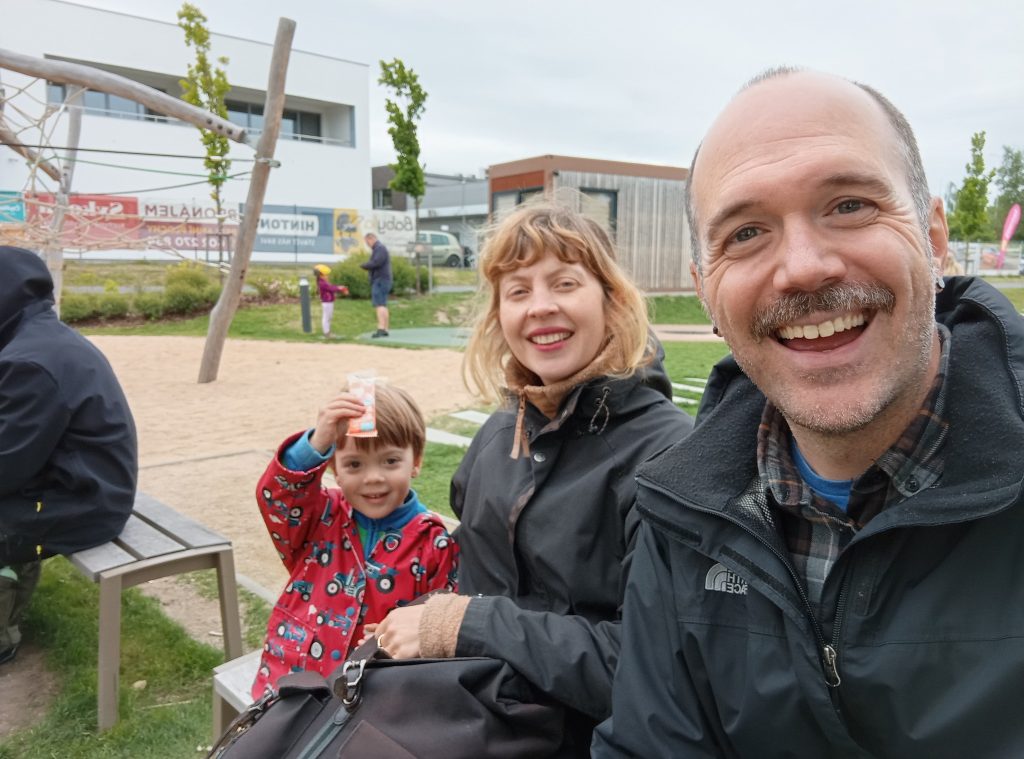By Harry Anthony Patrinos, University of Arkansas, and Syedah Aroob Iqbal, World Bank When schools around the world shut their doors during the COVID-19 pandemic, many feared a lost generation of learners. Research from dozens of countries confirms these fears – student learning stagnated or regressed, especially in low- and middle-income countries where digital access […] The post Uzbekistan shows the world how distance education can work in a crisis appeared first on World Education Blog.
By Harry Anthony Patrinos, University of Arkansas, and Syedah Aroob Iqbal, World Bank
When schools around the world shut their doors during the COVID-19 pandemic, many feared a lost generation of learners. Research from dozens of countries confirms these fears – student learning stagnated or regressed, especially in low- and middle-income countries where digital access is limited. But one country stands out for having not only avoided this decline, but for achieving measurable improvements in student outcomes: Uzbekistan.
Our recent study, published in Prospects, presents a powerful counter-narrative to the prevailing story of pandemic-era learning loss. Drawing on unique longitudinal data, we found that Uzbekistan’s distance education response—centred around television broadcasting and quality instruction—led to significant academic gains, particularly in mathematics.
Learning gains against the odds
Our analysis of Grade 5 mathematics assessments conducted in 2019 and again in 2021 reveals a surprising result: learning not only continued during the pandemic, it accelerated. On average, student scores improved by 0.29 standard deviations between the two assessment waves. Among students who were tested in both years, the gains were even more impressive: 0.72 standard deviations. These numbers signal meaningful academic progress; the kind typically associated with successful in-person schooling – not with emergency distance education.
This result defies expectations. Around the world, the dominant narrative has been one of severe learning setbacks, especially for children in countries with limited access to high-speed internet or personal computers. But Uzbekistan’s education system found a different path – one that prioritized access, speed, and quality in the face of uncertainty.
The power of television
Central to Uzbekistan’s success was a critical decision made early in the pandemic: use national television as the backbone of its distance education strategy. While online learning was promoted in many countries, it often reinforced inequalities. In rural or low-income areas, reliable internet is scarce. Computers are not always available. Even mobile data can be prohibitively expensive.
But Uzbekistan had one clear advantage: 100% penetration of digital television. Recognizing this, the Ministry of Public Education partnered with leading educators to produce and broadcast daily video lessons across all core subjects. Beginning in April 2020, more than 350 lessons were aired nationally and also made available online for additional flexibility.
This approach enabled Uzbekistan to bypass the digital divide and reach virtually every household with school-age children. But it wasn’t just about access – it was also about quality. The country’s best teachers were recruited to deliver the televised lessons, ensuring students were exposed to engaging, well-structured content.
What policymakers can learn
Uzbekistan’s experience offers timely lessons for education policymakers around the globe. The education sector can build resilience. Uzbekistan’s model provides a blueprint:
- Don’t underestimate the power of television. In many parts of the world, TV remains the most ubiquitous medium. It’s easy to overlook in the age of apps and online platforms, but in low-connectivity settings, it can be the most equitable and effective tool for mass learning delivery.
- Invest in teacher quality. Technology is only as effective as the people behind it. Uzbekistan’s decision to place its best teachers in front of the camera elevated the quality of instruction and helped maintain student engagement.
- Act fast, plan ahead. Speed was essential. Within weeks of school closures, the country rolled out a full suite of televised lessons. This rapid response prevented learning interruptions from becoming long-term setbacks.
A catalyst for innovation
It is tempting to view crisis responses as temporary stopgaps – makeshift solutions for an unusual time. But Uzbekistan’s case demonstrates that with the right planning, crisis can become a catalyst for lasting innovation in education delivery. Rather than defaulting back to the pre-pandemic normal, systems should reflect on what worked – and carry it forward.
In Uzbekistan, the success of televised instruction has sparked broader conversations about blended learning models and how to make education systems more inclusive. Distance learning, once a marginal solution, is now part of a long-term strategy to improve access and resilience.
Hope and possibility in the face of crisis
What makes Uzbekistan’s story remarkable is not that it had better infrastructure or more resources than others. It is that the Government made smart, inclusive, and fast decisions grounded in its local context. It prioritized all learners – not just those with internet access. And it invested in what matters most: quality teaching.
As researchers, we often approach distance education with scepticism. Many studies highlight its limitations, especially in developing contexts. So it was with some trepidation that we set out to evaluate Uzbekistan’s pandemic response. We were prepared to find stagnation or even regression. Instead, we found a success story—one that challenges the dominant narrative and offers real hope for global education.
The pandemic was, and remains, a tragedy. But it also revealed what’s possible when communities, educators, and governments rally together. Uzbekistan’s case is a reminder that education systems don’t just endure in times of crisis – they can innovate, adapt, and even thrive.
The post Uzbekistan shows the world how distance education can work in a crisis appeared first on World Education Blog.










